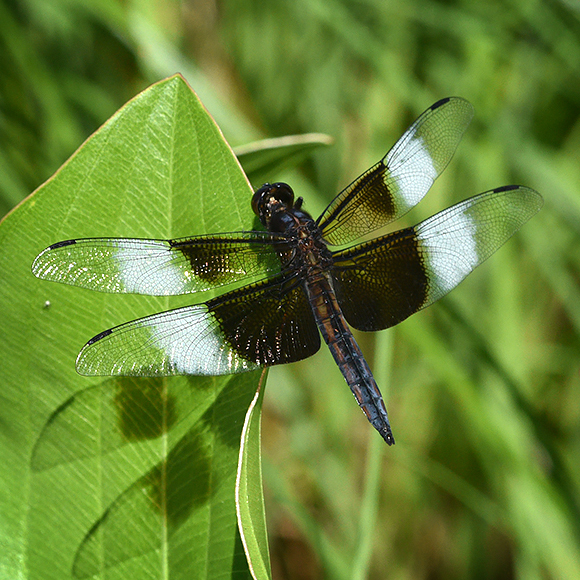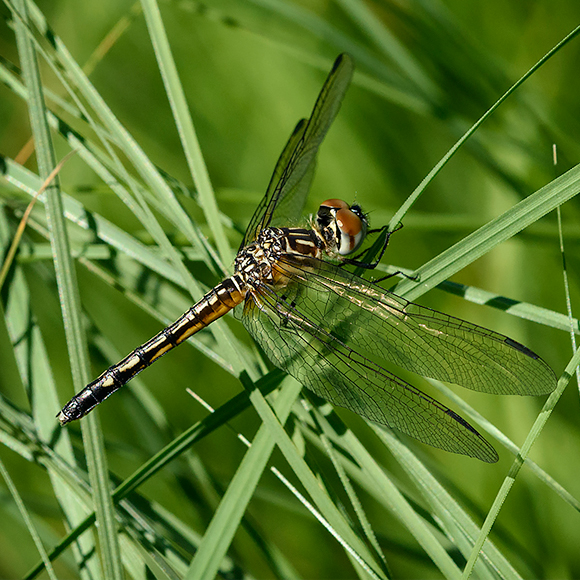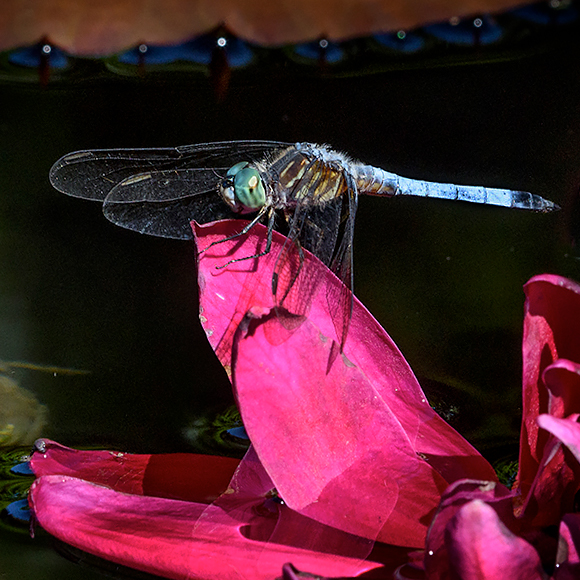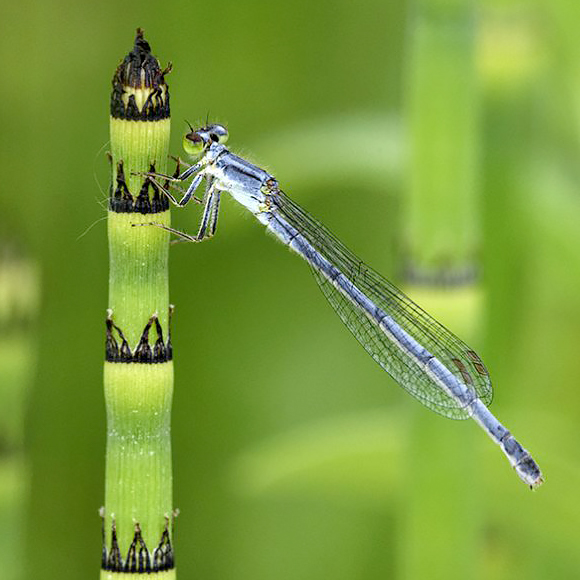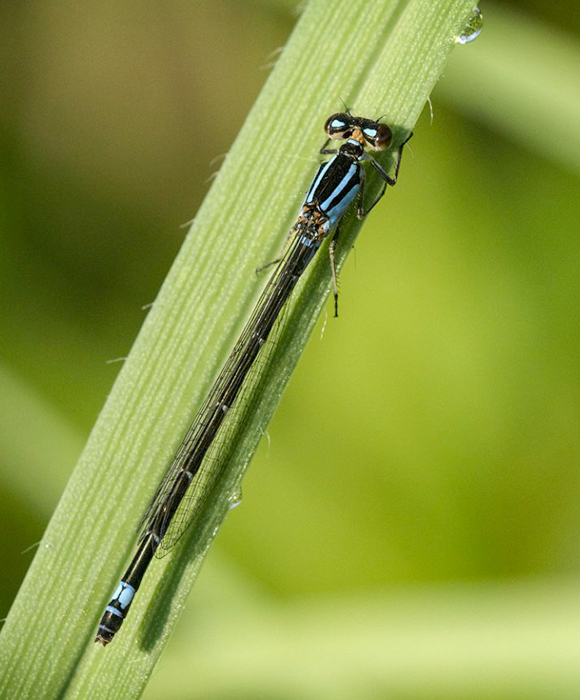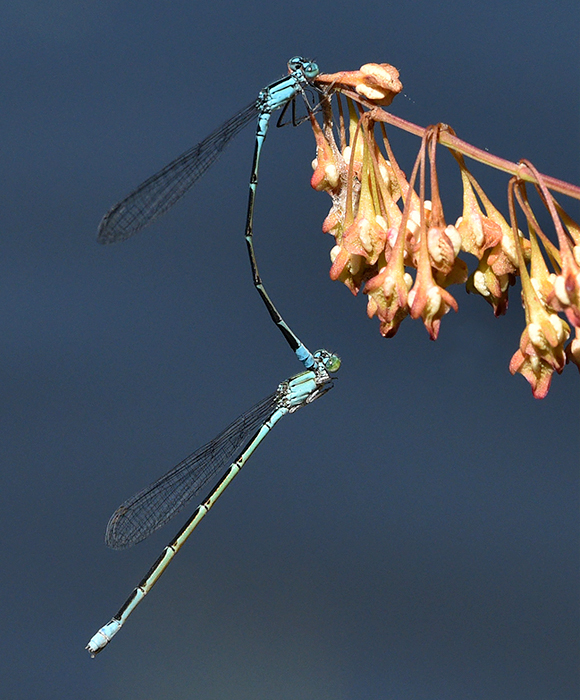Summer won’t be over for a while in my book—not as long as there are dragonflies around. I think I’ve seen more dragonflies this year at the Chicago Botanic Garden than I have in the past ten years combined. The quick, strong fliers seem to be everywhere.
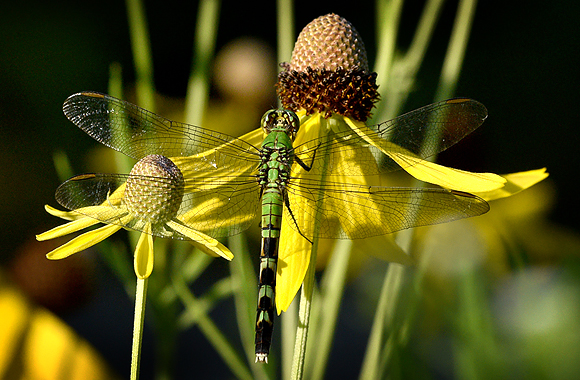
Some of the dragonflies migrate south toward the Gulf Coast through September and maybe beyond. With the help of citizen observers, scientists are studying the migration patterns of this fascinating insect, which has a near 360-degree field of vision that helps it avoid predators.
The most abundant dragonfly I’ve seen this year is the Eastern pondhawk, with blue dasher dragonflies coming in a close second. I’m also seeing quite a few damselflies, which are generally smaller and more thin-bodied than dragonflies and tend to hold their wings above their bodies. (See my blogpost Damselflies 101 for more information.)
Dragonflies and damselflies, both in the order Odonata, can spend several years as aquatic nymphs before they emerge into the beautiful winged insects we see on land, which is why you will often see them around water. They are fierce hunters in both stages. They don’t bite or sting humans, though.
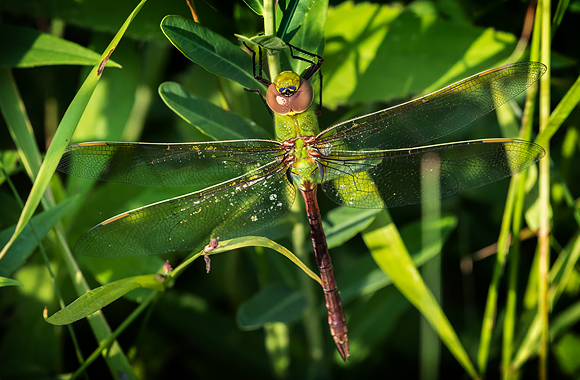
Dragonflies can be found here from March through the first hard freeze in the fall. Right now, you might even be lucky to find yourself in the middle of a migrating swarm of green darners, black saddlebags, or wandering gliders as they head south. About 90 different odonates can be found in the Chicago area. Each one is a delight to behold.
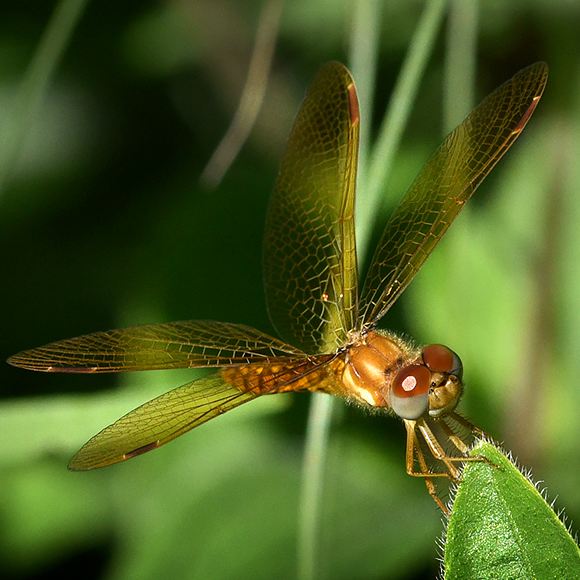
Dragonflies are territorial and will often chase off other dragonflies, only to return to their favorite perch. A favorite place to find them at the Garden is around the waterlilies and lotus blossoms, but you can spot them throughout the 385-acre grounds. Drop by and keep an eye out for the dragonflies near the late-summer blooms.
©2018 Chicago Botanic Garden and my.chicagobotanic.org

